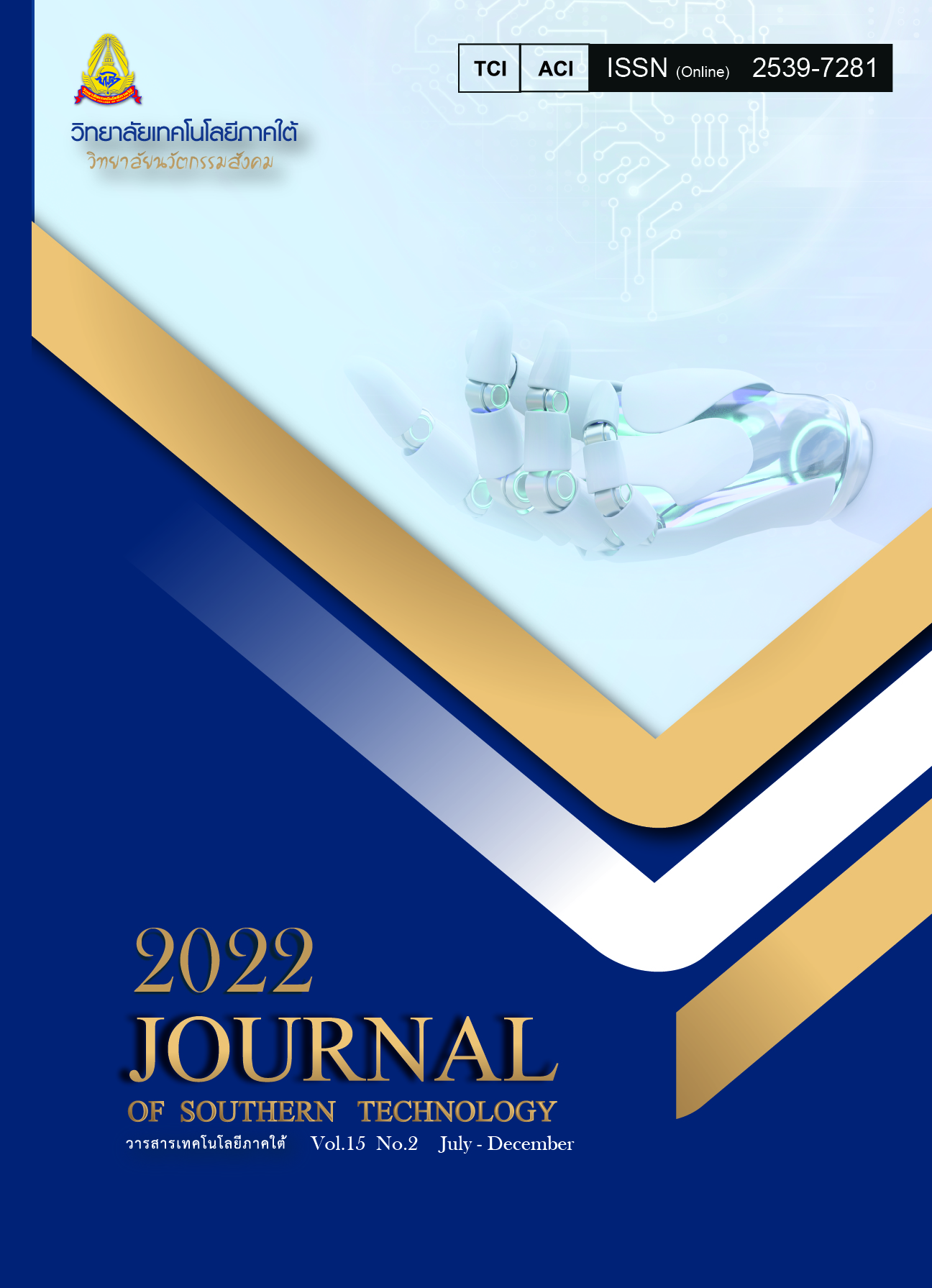Communication of Female Political Leaders
Main Article Content
Abstract
Communication is important to maintain life and society especially the one for political purposes because it is crucial for modern political leaders. This is because communication of political leaders can lead to winning in elections and eventually to forming a governing body. Communication of female leaders differ from that of their male counterparts. In this article, the author is interested in presenting the importance of communication among female political leaders. Today, women get involved in politics and play important roles as political leaders at all levels from local, to national, and to the global level. They may have similar or different communication skills, techniques, and communicative strategies. Results reveal that today, women get involved in politics and play important roles as political leaders at all levels from local community, to national, and to the global level more than the past. These roles include presidents, vice-presidents, prime ministers, and other important positions. As for Thailand, the highest political position that ladies play is prime minister followed by other positions at local and national levels. Verbal and non-verbal language is expressed through good manners such as being gentle, beautiful and having pleasant voice in speech via both traditional and modern media. However, their messages carry sincere and powerful connotations which help promote their success in political activiti
Article Details

This work is licensed under a Creative Commons Attribution-NonCommercial-NoDerivatives 4.0 International License.
-
Authors must agree to the journal publication rules and allow the editors to edit the manuscripts for publication.
-
Author’s right belongs to the author but Journal of Southern Technology holds the right of first publication and thus allow readers to use the article for the purpose of education but not commercial.
References
ABAC Poll Research Office Assumption University. (2012). Leadership Survey “Yingluck” Jan. Passed the Exam. Retrieved May 4, 2021. from http://dl.parliament.go.th/handle/lirt. [in Thai]
Agree, W. K., Ault P. H., & Emery, E. (1976). Introduction to Mass Communication. New York: Harper & Row.
Almond, G. A., & Coleman, J. S. (1960). The Politics of the Developing Area. Princeton: Princeton University Press.
Archavanitkul, K. (2008). Women and Politics: Reality, Political Space. And Driving (Women’s Political Participation). King Prajadhipok’s Institute, Academic Document No. 51, pp.27-30. [in Thai]
Bari, F. (2005). Women’s Political Participation: Issues and Challenges. Division for the advancement of Women (DAW), United Nation. Bari. 2005, pp. 3-5.
Boonaphai, T., Phosri, P., & Chamkrachang, S. (2020).Women in social development. Journal of Education and Social Development, 15(2), 291-301. [in Thai]
Bureekul, T., & Sangmahamad, R. (2016). Women empowerment in political participation in Thailand. King Prajadhipok’s Institute Journal, 14(2), 52-86. [in Thai]
Chaffee, S.H. (1975). The diffusion of political information. In S.H. Chaffee (ed.), Political Communication: Issues and Strategies for Research. Beverly Hills, CA: Sage.
Hillman, B. (2020). Quotas and ballots: the impact of positive action policies on women’s representation in Indonesia. Asia and Pacific Policy Studies, 7(2), 158-170.
Kampe, O.M. (2004). The role of Communication in Empowering Women in Local Governance (Research Report). The Thailand Research Fund (TRF). [in Thai]
Kannika, N. (2021). The Poll Raised Yingnoi No. 1, the New Political Leader that People Remember. Super Poll Research Office (Super Poll). [in Thai]
Manojanphen, N. (2021). International Women 2021: Survey of Female Leaders in Current World Politics. Retrieved May 4, 2021, from https://thestandard.co/international-womens-2021-female-leaders-in-global-political. [in Thai]
McNair, B. (1999). An Introduction to Political Communication. London and New York: Routledge.
National Legislative. (2018). Summary of Study Visits by Social Commissioners, Children, Youth, Women, the Elderly, the Disabled and the Underprivileged. Legislative Assembly. Academic Document No. 35. [in Thai]
Office of the Election Commission. (2020). Information, Statistics and Results of the Election of Members of the Provincial Administration Organization and the President of the Provincial Administrative Organization 2019. Retrieved April 20,2021 from http://dl.parliament.go.th/handle/lirt.
Petsuksiri, P.,& Kutrakul, A.(2006). A Project to Study the Views of Direct Participants towards Participation in Local Government of Women in Thailand. Bangkok: Office of Women’s Affairs and Family Institute, Ministry of Social Development and Security of the Human.
Phuphat, S., & Wattana, C. (2013). The Role of Women and Political Space. Women and Family Performance Monitoring and Evaluation (Research Report). Office of Women’s Affairs and Family Institute. Bangkok: Kasetsart University. [in Thai]
Siriluck, A. (2020). Monsoon Year 2020, the Best “Female Leaders” Shine in the World Political Game. Retrieved May 2, 2021 from https://positioningmag.com/1312563.
Wood, J.T. (2000). Communication in Our Lives (2nd ed.). Belmont, CA: Wadsworth.
Woshinsky, O.M. (1995). Culture and Politics. Eaglewood Cliffs, NJ: Prentice Hall. pp.106-121.

